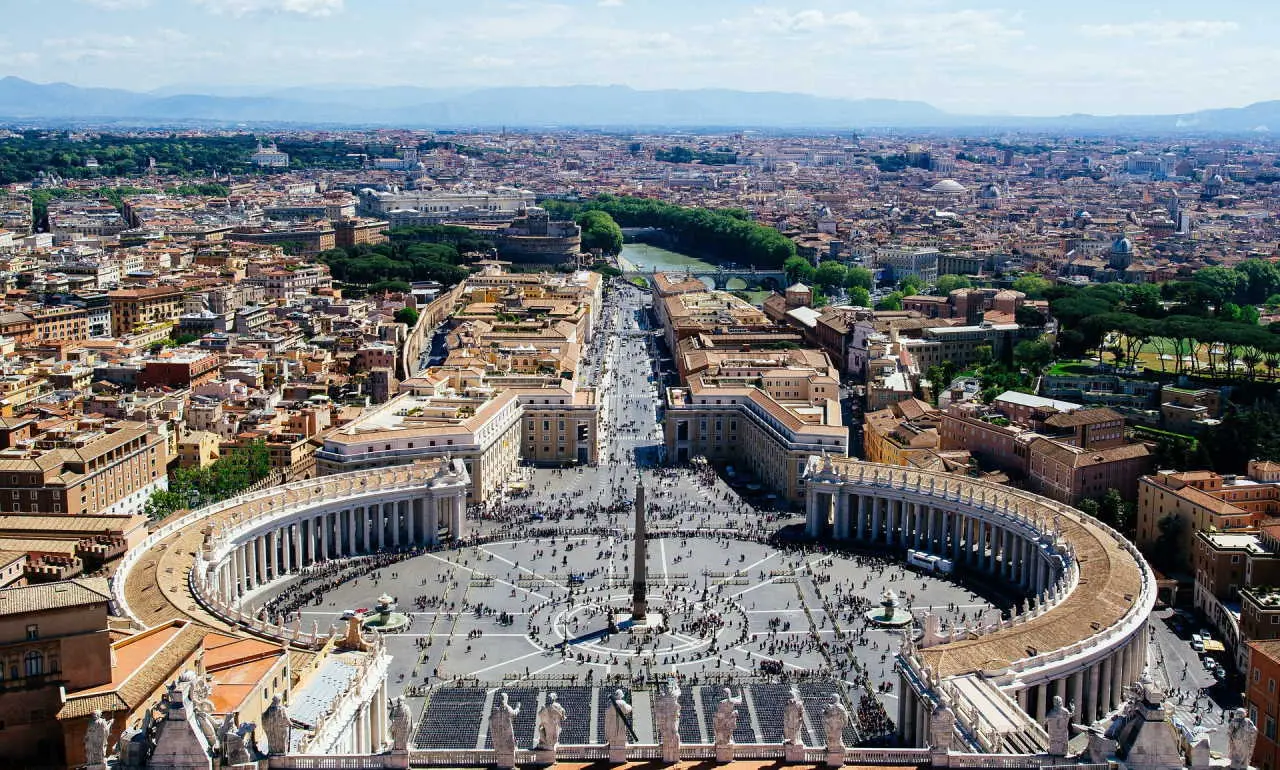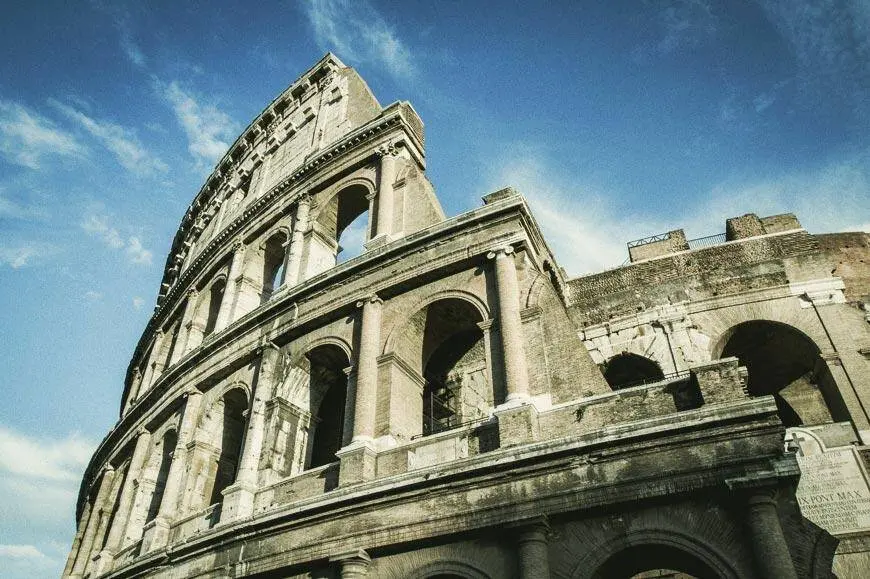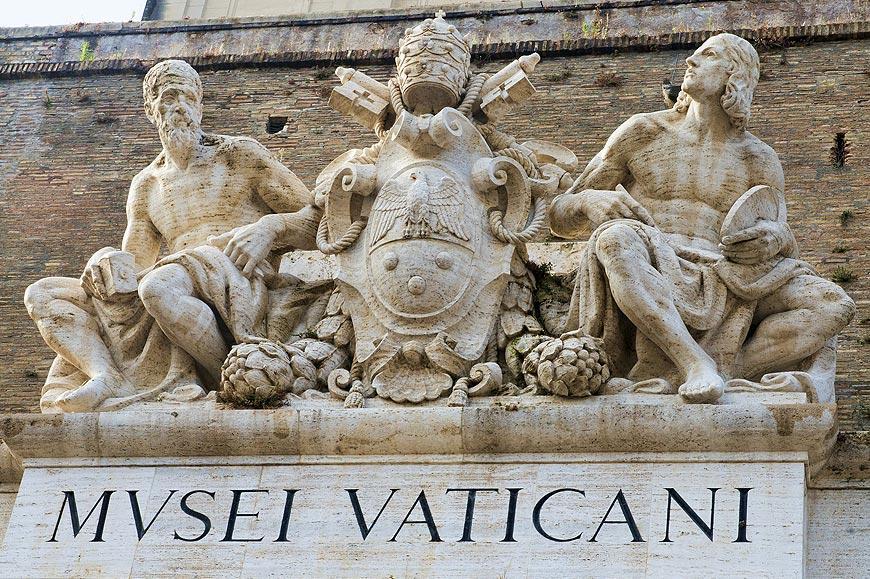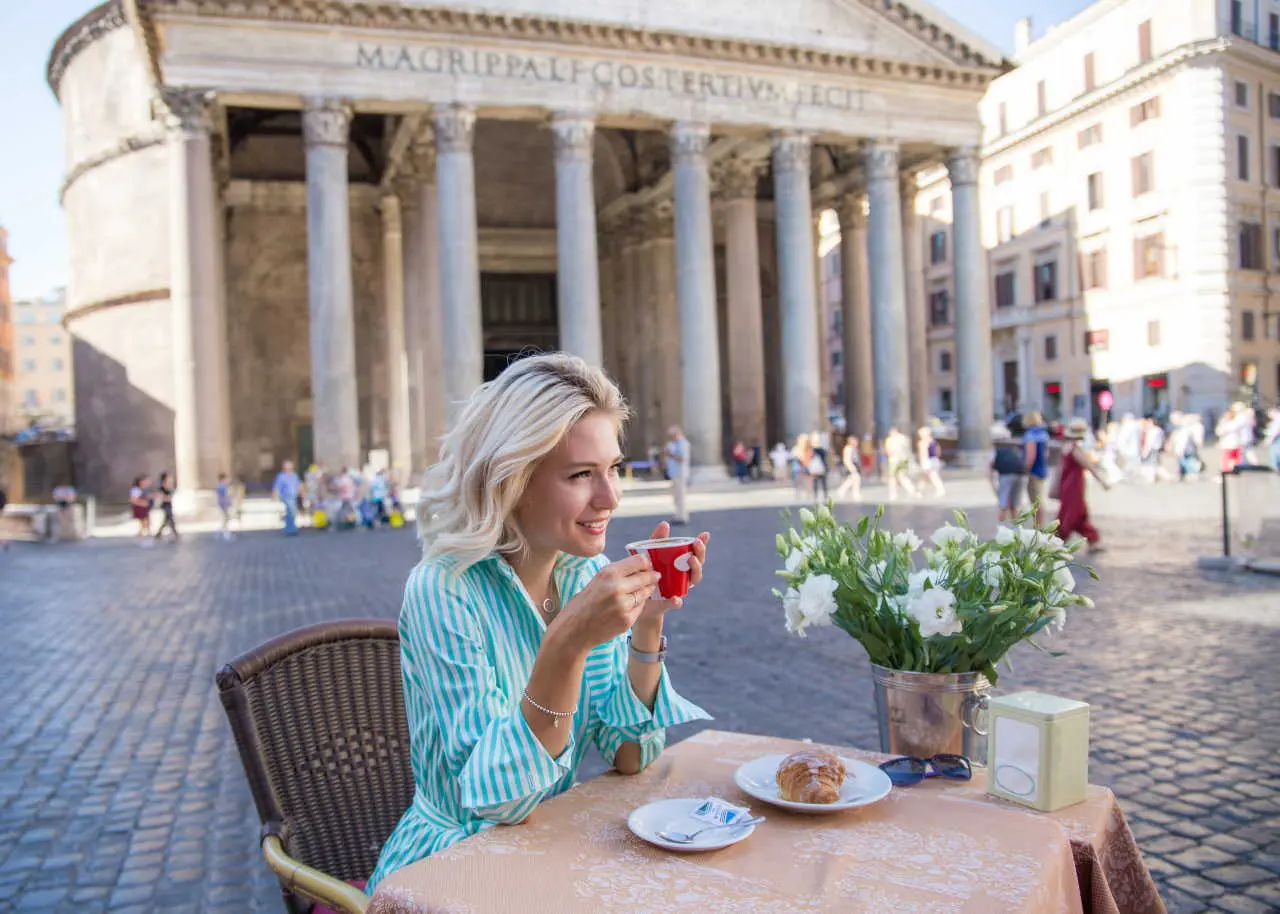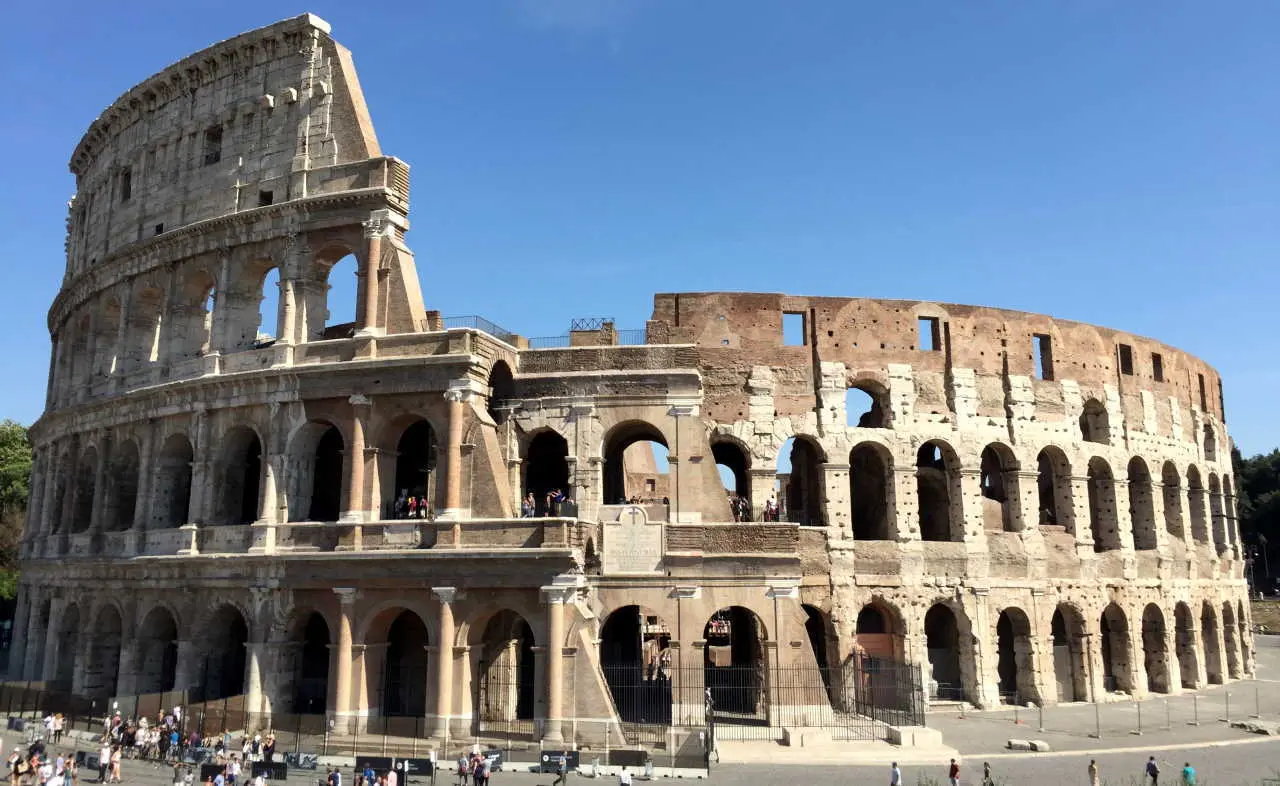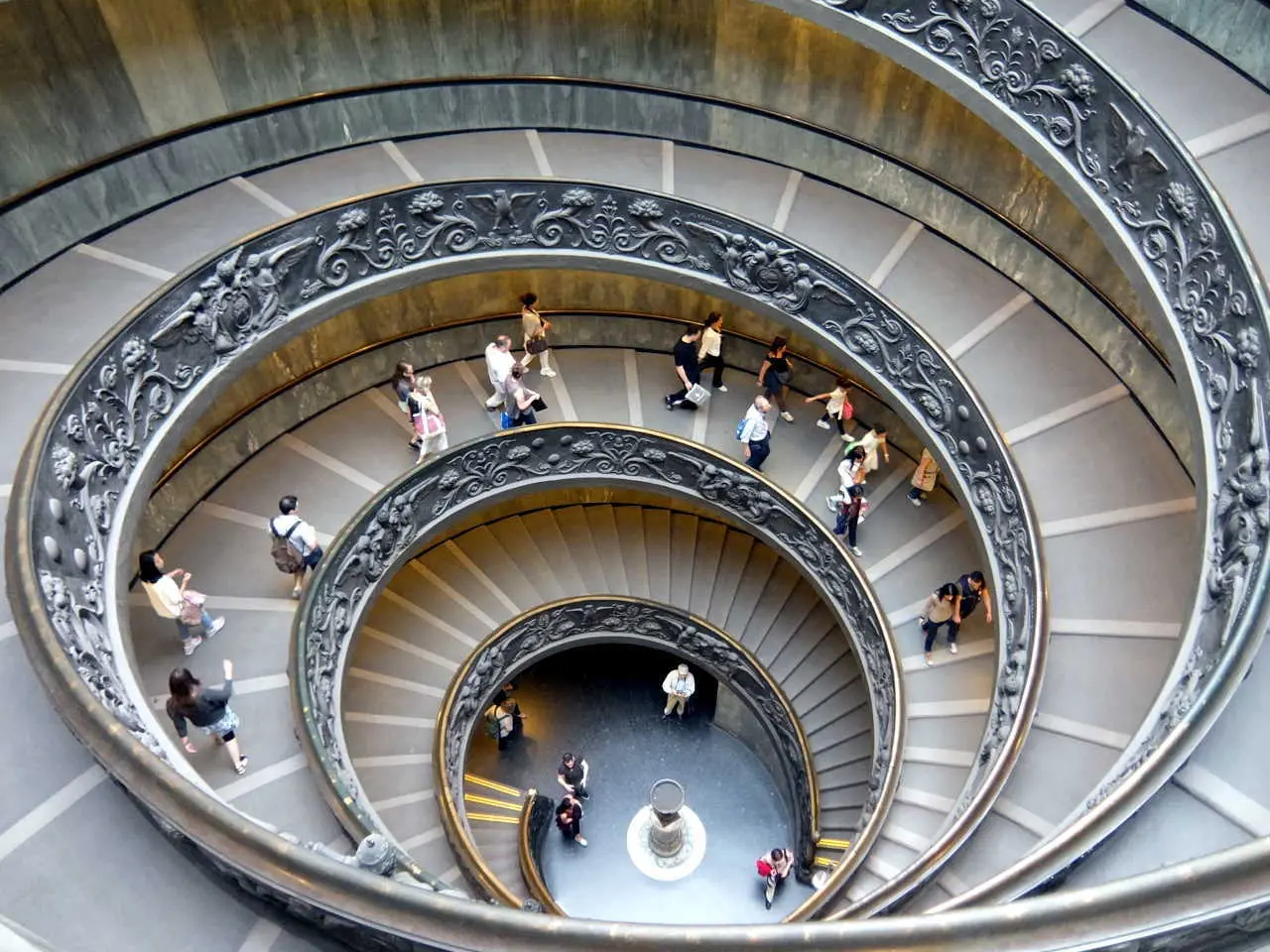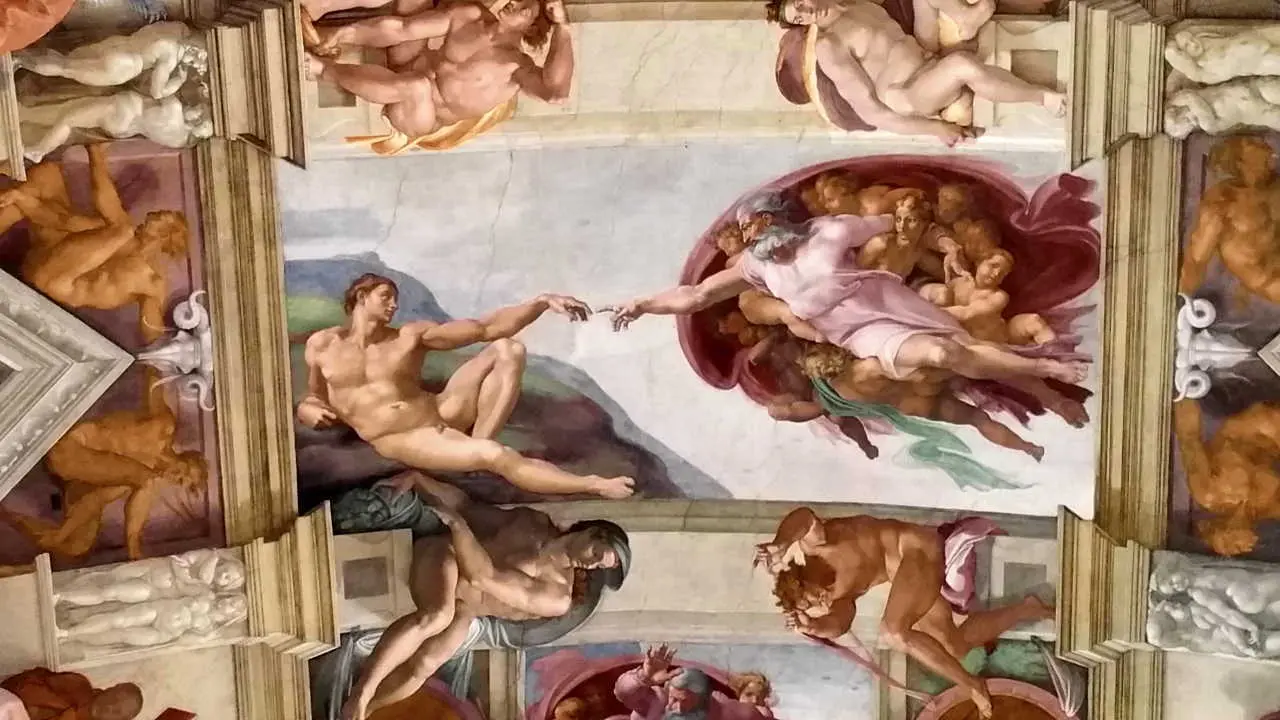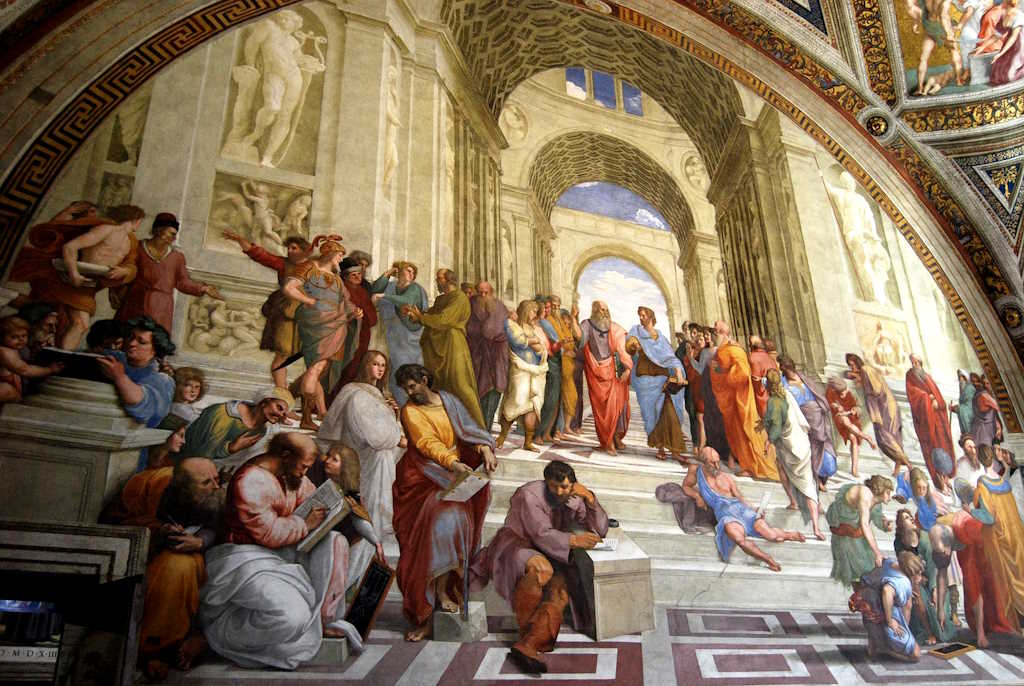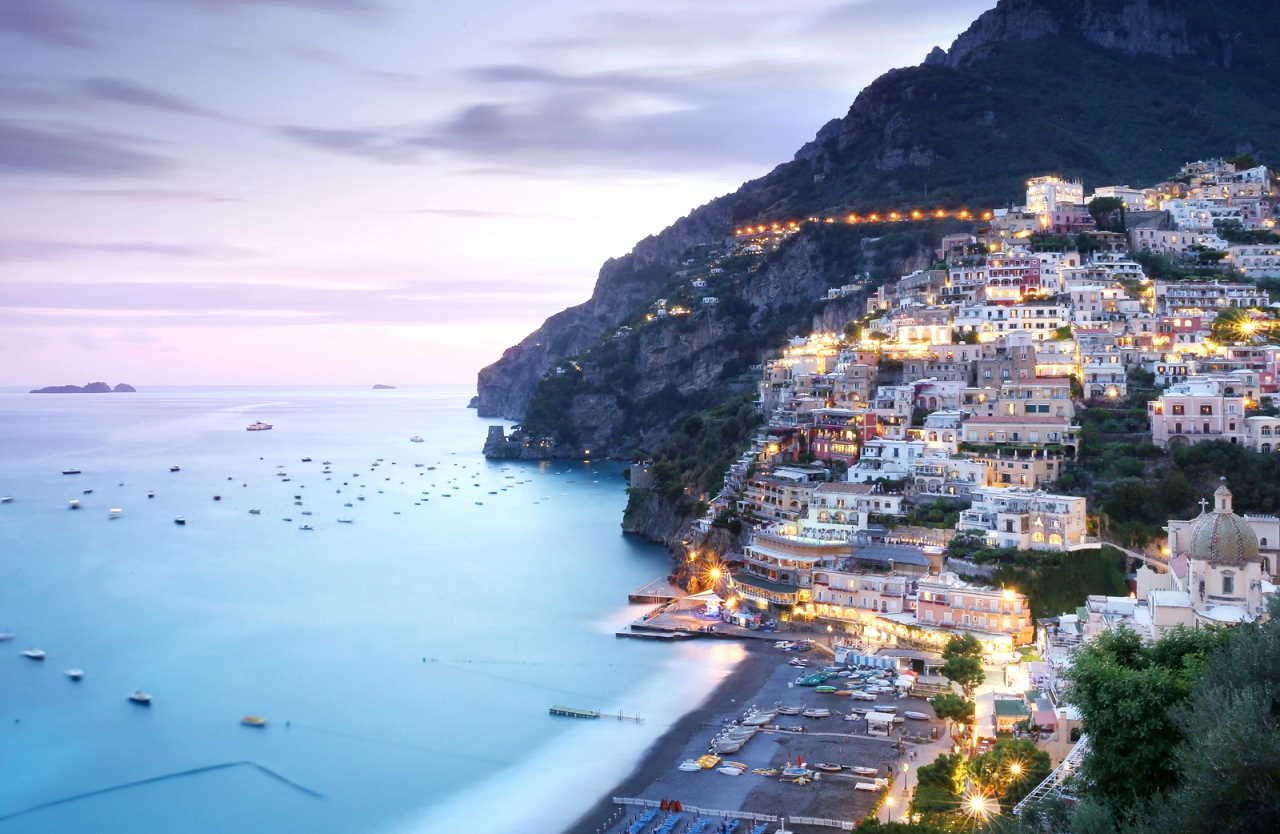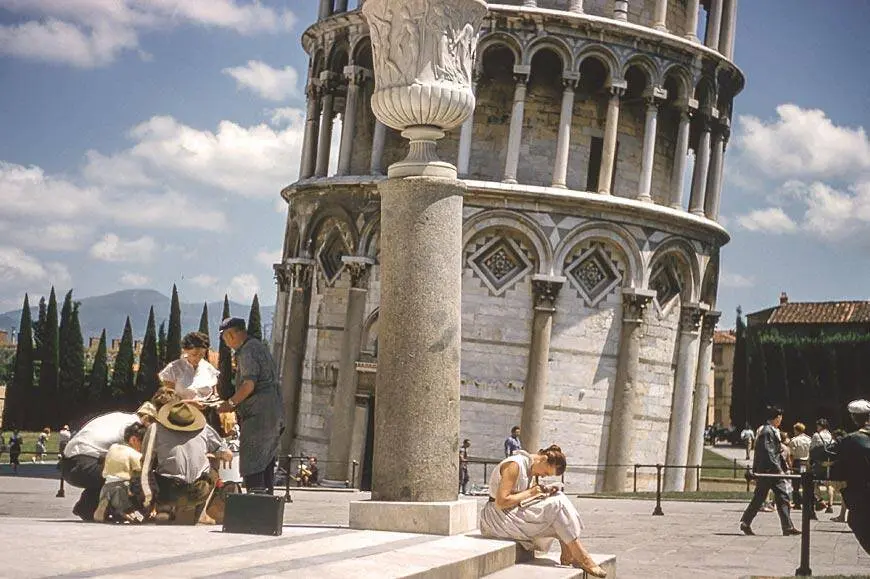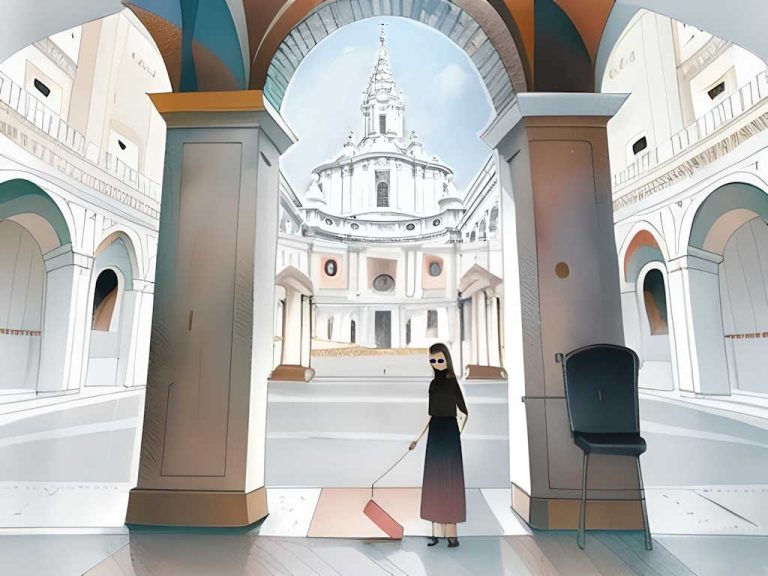
Discovering the "hidden treasures" of Rome
Welcome to a fascinating journey through a less frequented Rome, different from the usual famous monuments but rich in wonders to discover. We will take you on a tour to discover extraordinary places, often little known by the Romans themselves, but that contain a thousand-year history and works of art of priceless value. Get ready to immerse yourself in a secret Rome, where ancient basilicas, mysterious mithraeums, imposing mausoleums and Renaissance palaces intertwine to reveal the magnificence of an eternal city that never ceases to amaze.
The basilica of Santa Maria degli Angeli e dei Martiri
Located inside the Baths of Diocletian in Rome, the Basilica of Santa Maria degli Angeli e dei Martiri is a church of great historical and artistic importance. It was designed by Michelangelo in the 16th century, commissioned by Pope Pius IV to transform a part of the large Roman thermal complex of the 4th century into a Christian church.
Michelangelo managed to integrate the elements of the Roman baths into the structure of the basilica. He kept the large central space, known as “aula”, which originally housed the gymnasium of the baths, and created a Latin cross plan with a majestic central nave and side chapels. The interior is characterized by a large dome that rises above the main altar. The frescoes and decorations were made by important artists of the time, such as Domenico Passignano, Baciccio and Giuseppe Cesari.
The basilica is famous for hosting the tomb of the Italian scientist Galileo Galilei. His burial here was an act of reconciliation of the Catholic Church towards the famous astronomer, after the condemnation of the Inquisition.
One of the points of interest inside the basilica is the solar meridian, a scientific work that marks the hours and seasons. It was designed by Francesco Bianchini in the 18th century and is based on sunlight filtering through a hole in the vault providing a visual demonstration of the movement of the sun.
The Basilica of Santa Maria degli Angeli e dei Martiri offers a singular combination of architecture, art, history and science. Its design by Michelangelo, the solar meridian and the presence of Galileo’s tomb make it a place of great interest for visitors who want to explore Rome’s rich heritage.
The Mithraeum of the Basilica of San Clemente
The Basilica of San Clemente in the Celio district, near the Colosseum, preserves inside it several levels of history: the current basilica, dating back to the 12th century, the early Christian basilica of the 4th century, and an underground archaeological complex that includes a pagan temple of the 1st century, a Roman house of the 2nd century and a Mithraeum of the 3rd century. A journey through time through the different epochs and religions that have marked the history of Rome.
The Mithraeum of San Clemente was discovered by chance in 1867 during renovation works of the basilica and subsequently restored and opened to the public.
Composed of several underground rooms, symbolically associated with Mithraic mythology, which include an entrance hall (antro), a main hall (teatrino) with a central altar and small niches that contained the statues of the gods. There are also side rooms (speculae) and a pit that represents the Mithraic river.
The walls of the Mithraeum are decorated with frescoes depicting mythological scenes, including the myth of the birth of Mithras from the rock (tauroctony), the hunt for the sacred bull and the banquet of the gods. The Mithraeum of San Clemente represents a secret place of worship where the faithful gathered to practice their rituals, which included sacred banquets, purification ceremonies and initiations
Mithraism was one of the most widespread initiation religions in the Roman Empire between the 1st and 4th centuries AD. Reserved for a restricted circle of adepts, its influence extended to all social classes, including soldiers, officials and merchants. The discovery of the Mithraeum of San Clemente has greatly contributed to the understanding of this ancient religion and its diffusion in ancient Rome.
The Mithraeum of the Basilica of San Clemente represents an important historical and archaeological testimony of the cult of Mithras in ancient Rome. Its visit offers the opportunity to immerse oneself in an ancient underground temple and to discover the symbolic and ritual aspects of this mysterious religion.
Chiesa di Santa Maria del Popolo
The Church of Santa Maria del Popolo in Rome is one of the most fascinating and rich in artworks of the city. Besides its artistic beauties, the church is also associated with legends and mysterious stories that make it even more intriguing.
Inside the church there is the famous Cerasi Chapel, which houses two important paintings by Caravaggio: “The Conversion of St. Paul” and “The Crucifixion of St. Peter”. These works are considered masterpieces of baroque art and are among the main attractions of the church.
The Chigi Chapel is decorated with frescoes by Raphael Sanzio and his pupils, among which “The Prophecy of Isaiah” and “The Delphic Sibyl”. These frescoes are extraordinary examples of the Italian Renaissance and represent an important testimony of the art of the period.
The Altar of St. Catherine is adorned with a sculpture of St. Catherine of Alexandria, made by Gian Lorenzo Bernini. The sculpture captures the expressiveness and mastery of the baroque artist and represents another precious artwork inside the church.
One of the most famous legends related to the church of Santa Maria del Popolo is that of the curse of Beatrice Cenci. Beatrice Cenci was a young Roman noblewoman who was executed in 1599 for having organized the murder of her tyrannical father. It is said that her ghost still haunts the church and that her face appeared in one of the windows of the Cerasi Chapel.
In the Chigi Chapel, there are some portraits of characters that have never been identified with certainty. It is hypothesized that they are mysterious figures associated with secret stories and intrigues.
It is said that during the construction of the church, the devil appeared to a craftsman and offered his help to quickly complete the structure in exchange for the soul of an innocent person. The craftsman, however, managed to deceive the devil and avoid his evil pact.
These stories and legends contribute to creating an atmosphere of mystery around the Church of Santa Maria del Popolo, making it even more fascinating for visitors interested in history, art and intriguing stories.
Church of Santa Prassede
The Church of Santa Prassede, located near the Basilica of Santa Maria Maggiore, was built in the 9th century over a pre-existing Christian structure of the 4th century. It takes its name from Saint Praxedes, a Christian martyr revered for her devotion and charity.
The church has a simple and elegant facade, but it is the interior that surprises with its artistic richness. It has a basilical plan with three naves separated by ancient columns.
The most distinctive feature of Santa Prassede are its splendid Byzantine mosaics. The Chapel of San Zeno, in particular, houses a cycle of 9th-century mosaics that depict scenes from the life of Christ, the saints and the apostles.
The church is famous for housing the alleged column of the flogging of Jesus, which according to tradition was brought to Rome by Saint Helena, mother of Emperor Constantine. The column is an object of great devotion and is displayed to the faithful during Lent.
Inside the church there is the Chapel of the Martyrs, which preserves some relics of saints and Christian martyrs.
The Church of Santa Prassede represents an important example of early Christian and Byzantine art in Rome. Its mosaics, the column of the flogging and the devotion to the Christian martyrs make it an interesting stop for visitors who want to explore the religious and artistic heritage of the city.
Villa Farnesina
The Villa Farnesina, in Trastevere, was built between 1506 and 1510 for the Florentine banker Agostino Chigi. The architect Baldassarre Peruzzi was responsible for the design and construction of the villa. Today the Villa, well preserved, is open to the public as a museum.
The villa is a significant example of Italian Renaissance architecture. It has a square plan with an inner courtyard and an Italian garden.
The walls are adorned with extraordinary frescoes, made by important artists of the time, including Raphael Sanzio, Sebastiano del Piombo and Peruzzi himself. The frescoes depict classical myths, mythological scenes, landscapes and allegorical figures.
One of the highlights of the villa is the Hall of Galatea, completely frescoed by Raphael. His masterpiece, “The Triumph of Galatea”, is one of the most famous works of the Italian Renaissance.
Another remarkable hall is the Hall of Love and Psyche, with frescoes painted by Raphael and his pupils. The scenes narrate the myth of Love and Psyche taken from Apuleius’ Metamorphoses.
The Hall of Perspectives presents illusionistic frescoes that create the illusion of open spaces and architectural perspectives, giving a sense of depth and breadth.
The villa is surrounded by a suggestive Italian garden, characterized by lawns, fountains, hedges and ornamental plants. It is an oasis of tranquility in the heart of Rome.
It is possible to visit the frescoes and admire the original architecture and gardens.
In 2004, the Villa Farnesina was included in the UNESCO World Heritage List as an exceptional example of Italian Renaissance art.
The Villa Farnesina represents a hidden treasure of Rome, an ideal place for art and history lovers who want to discover one of the Renaissance pearls of the eternal city.
Conclusions
In this travel report, we explored a less frequented but famous Rome, discovering places of great charm and historical-artistic value. From the majesty of the Basilica of Santa Maria degli Angeli e dei Martiri, to the enigma of the Mithraeum of the Basilica of San Clemente, from the beauty of the Church of Santa Maria del Popolo, to the imposingness of the Mausoleum of Augustus, to the artistic treasures of the Church of Santa Prassede and the Villa Farnesina, this secret Rome revealed its hidden soul to us. Now it is your turn to explore and let yourself be enchanted by these unique places, immersing yourself in the history and ancient art of an eternal city that continues to amaze and fascinate its visitors.
Tours in Italy by Argiletumtour
-
Day trip to San Giovanni Rotondo
Day Trips from Rome 245,00€ – 445,00€Add to Cart This product has multiple variants. The options may be chosen on the product page -
Colosseum, Roman Forum and Palatine Hill Tour Hotel Pick Up
City Tours of Rome 135,00€Add to Cart This product has multiple variants. The options may be chosen on the product page -
Vatican Museums and Sistine Chapel Tour Pick-up and Drop-off
Private Tours of Rome 185,00€ – 415,00€Add to Cart This product has multiple variants. The options may be chosen on the product page -
Rome Private Tour by Car for 3 hours
Private Tours of Rome 118,00€ – 288,00€Add to Cart This product has multiple variants. The options may be chosen on the product page -
Colosseum and Ancient Rome Private Tour
Private Tours of Rome 95,00€ – 209,00€Add to Cart This product has multiple variants. The options may be chosen on the product page -
Tour of the Colosseum and Archaeological Rome
City Tours of Rome 70,00€Add to Cart This product has multiple variants. The options may be chosen on the product page -
Tour Vatican Museums and Sistine Chapel
City Tours of Rome 164,00€Add to Cart This product has multiple variants. The options may be chosen on the product page -
Private Tour St. Peter’s Basilica,Vatican Museums and Sistine Chapel
Private Tours of Rome 154,00€ – 349,00€Add to Cart This product has multiple variants. The options may be chosen on the product page -
Private Transfer Service Rome – Civitavecchia – Fiumicino Airport
No category 48,00€ – 99,00€Add to Cart This product has multiple variants. The options may be chosen on the product page -
Vatican Museums and Sistine Chapel – Private Tour with Hotel Pick-up
Private Tours of Rome 163,00€ – 335,00€Add to Cart This product has multiple variants. The options may be chosen on the product page -
Day Trip to the Amalfi Coast and Pompeii – Private car from Rome
Day Trips from Rome 289,00€ – 749,00€Add to Cart This product has multiple variants. The options may be chosen on the product page -
Florence and Pisa Day Trip from Rome
Day Trips from Rome 273,00€Add to Cart This product has multiple variants. The options may be chosen on the product page
Travel Magazine
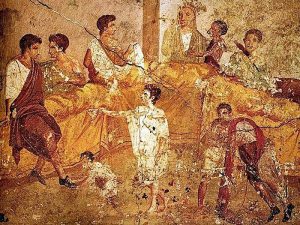
Trimalchio’s Banquet – Ancient Romans at the Table
Petronius, a writer who lived during the reign of Emperor Nero, left us with an unforgettable description of the banquet of the nouveau riche Trimalchio, a rude and exuberant guest. Even though the account is deliberately exaggerated, focusing on emphasizing the character’s vulgarity, it offers us one of the rare chances to get to know the Roman’s culinary taste.
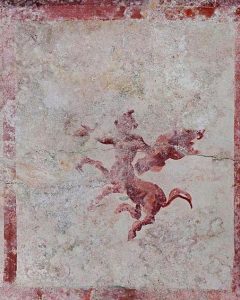
Why visit Rome
If you love traveling to discover unique places in the world, you must absolutely visit Rome!
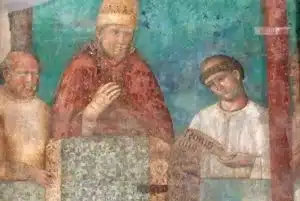
The pilgrimage in Italy
The tradition of pilgrimages in Italy is an integral part of the social, cultural, and religious fabric of the country. Throughout centuries of history, this practice has shaped individual and collective identities, enriching the spiritual and cultural life of those who undertake the journey. Pilgrimage remains a meaningful experience, reflecting mankind’s search for meaning and connection, and a link between the past, present, and future.
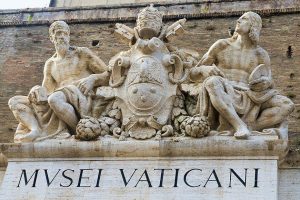
Entrance to the Vatican Museums and Sistine Chapel 2024 and 2025
The Vatican Museums and Sistine Chapel are about to introduce significant changes to their visiting schedule to optimize the use of their collections and provide a more inclusive experience for visitors, leading up to the Jubilee of 2025 in Rome. These changes will take effect on January 1st, 2024.
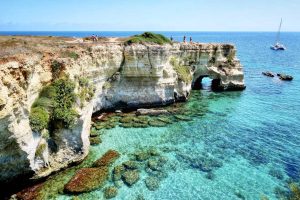
Trip to Puglia, a land to discover
Puglia is truly a land to discover, a hidden treasure in the heart of the Mediterranean. With its temperate climate and four distinct seasons, this region offers a unique tourist experience throughout the year

Luxury Vintage Shopping in Rome
The story of an experience lived in Rome, a four-hour shopping tour with an expert guide and a luxury car with driver to discover the best vintage luxury shops in the Capital

How I found a wife with Italian cuisine – Rome cooking class
Rome is a fantastic city to take a cooking class, with a rich culinary history and culture. With a little research, you can find the perfect cooking class for your needs
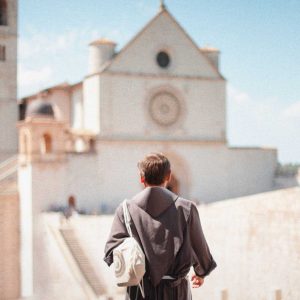
Umbria, land of history, art, nature, religion and flavours
Umbria is a reality suspended between the richness of its history, the depth of its culture, and the majesty of its nature. Located in the heart of Italy, between Tuscany, Marche, and Lazio, it is the only region on the peninsula without a coastline. Also known as the “green heart of Italy,” Umbria is a destination that provides a variety of experiences for visitors.
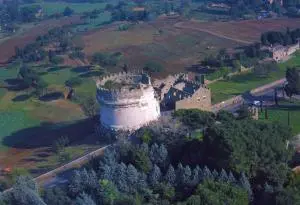
Ancient Appian Way, the highway of Ancient Rome
Known as the “Queen of Roads,” the ancient Appian Way in Rome is one of the most important engineering marvels of all time, a tangible testament to the greatness and mastery of Roman civilization.

Venice, Essential Guide for Travelers
Explore the magic of Venice with our complete traveller’s guide. Discover the most iconic places such as Piazza San Marco and the Rialto Bridge.
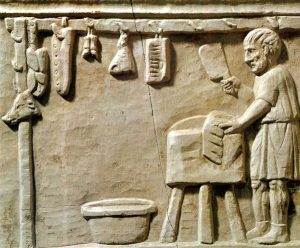
Ancient Romans at the table
Food and Culinary Habits in Ancient Rome. The daily life of ancient Rome is deeply reflected in the eating habits of its inhabitants, revealing a world of contrasts between sobriety and opulence.

The 5 most loved Italian dishes in the world
Italy, the birthplace of gastronomy, is universally recognized for its rich and diverse cuisine that reflects centuries of culinary traditions passed down from generation to generation. While not everyone can afford to enjoy Italian dishes in a Michelin-starred restaurant, it is possible to experience the magic of Italian cuisine by preparing some of the most beloved dishes directly at home. Here are the five most loved Italian dishes in the world, along with their recipes and secrets for successfully replicating them in your own kitchen
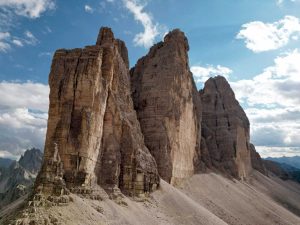
Dolomiti, the mountains in Italy carved by the gods
A unique natural treasure in the world, where breathtaking landscapes, rich biodiversity, and cultural heritage come together in an extraordinary combination. These are the Dolomites. Every visit to these mountains is an opportunity to connect with majestic nature and discover a culture deeply rooted in the region.
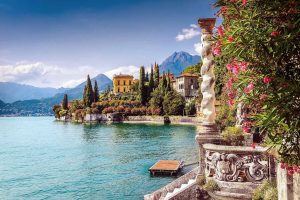
Popular destinations in Italy – Lake Como
Located in the heart of the Lombardy region in Italy, nestled between the Alps and the Po Valley, Lake Como has been described as the most beautiful lake in the world
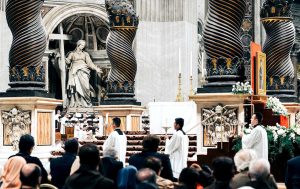
Jubilee 2025 in Rome – A Guide for Contemporary Pilgrims
The Jubilee 2025 will not only be a time of deep spirituality but also an opportunity to boost tourism and the economy of Italy’s capital
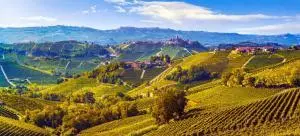
Popular Destinations in Italy – Discovering the Langhe
The region of Langhe inItaly, a UNESCO World Heritage Site, it is renowned for its patchwork of vineyards, forests, pastures, perched medieval villages, and castles. A microcosm of biodiversity, culture, and flavors where tradition and innovation blend in a unique way, symbolizing how nature and humans can collaborate harmoniously to create a distinctive environment.
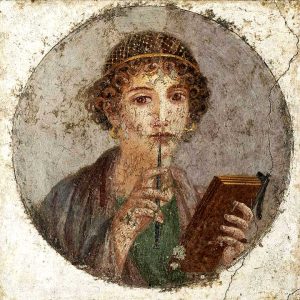
Major Artworks in Italy and Where to Find Them
The main works of art in Italy that every culture lover should see at least once in their life, with directions on where to find them: from Michelangelo to Caravaggio, from Leonardo da Vinci to Botticelli
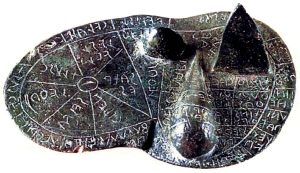
The Etruscans, an enigmatic people from central Italy
The Etruscans represent one of the most enigmatic and influential civilizations of antiquity, a people who inhabited central Italy (particularly the region corresponding to present-day Tuscany, along with parts of Lazio and Umbria, which the ancients called Etruria)
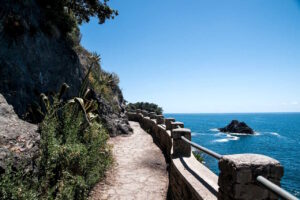
Liguria, where the sea embraces the mountains
A narrow strip of land nestled between the mountains and the sea, Liguria is a region that tells its story through contrasts. Every glimpse is a painting, every alley a tale, every flavor a narrative.
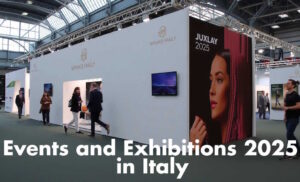
Events and Exhibitions 2025 in Italy
2025 in Italy promises to be a year full of events and exhibitions: from major cultural festivals to art exhibitions, from historical celebrations to meetings with the most innovative expressions of design and technology, the calendar is full of opportunities to explore the creativity and traditions of our country. Whether you are passionate about art, music, fashion, history or gastronomy, you will surely find something extraordinary to discover.
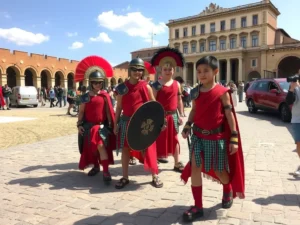
Fun Activities to do in Rome
for adults and children Fun and Unusual Activities to do in Rome Rome offers a myriad of opportunities to experience unique and enjoyable activities.
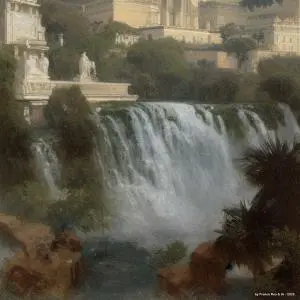
Impossible Rome
a gallery of images to you, created using artificial intelligence on the theme of “Impossible Rome”

Eating in Rome
Eating in Rome! Eating like a God in Rome, Roman food’s survival guide! Index Eating in Rome “Please, recommend us a good restaurant!” it’s the
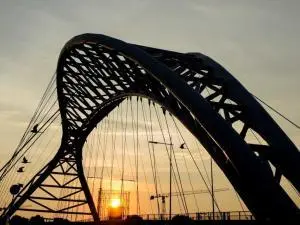
Places Contemporary Rome
The places of contemporary Rome Rome has never stopped adding new architectural layers to its topographic fabric, with works often created in peripheral areas, in
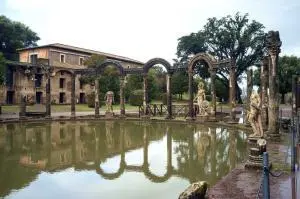
Villa Adriana in Tivoli, Rome
Villa Adriana – Tivoli, Rome The enormous complex of buildings of Villa Adriana in Tivoli, near Rome, was built (probably between the 118 and 134
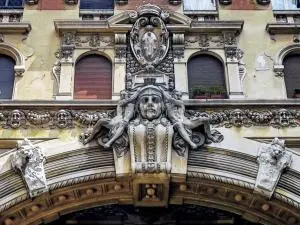
Unusual places to visit in Rome
Unusual places to visit in Rome … there are some places hidden outside the mass of tourist circuits… Rightly considered one of the most fascinating
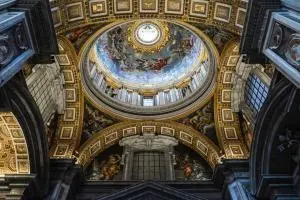
St Peter’s Basilica in Vatican State, Rome
The Basilica of St. Peter in the Vatican City The Basilica of St. Peter is in the heart of the Vatican City, an independent sovereign

Italy: unconventional experiences for adventurous travellers
Italy is a country that offers a wide range of original and extreme experiences for the most adventurous travelers. Whether it’s exploring the depths of the sea, climbing imposing mountains, or immersing oneself in the rich culinary tradition of the country, there is something for everyone looking for authentic and unique thrills. Italy invites travelers to push their limits, discover new horizons, and live an experience that will remain imprinted in their memory.
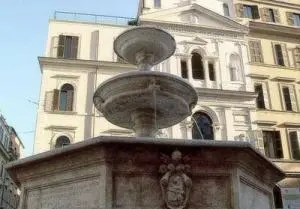
Rione Monti – the first quarter of Rome
Rione Monti Rome Index Monti, the first quarter of Rome The first quarter of Rome is “Monti” (mounts), so called as its confines once comprised the
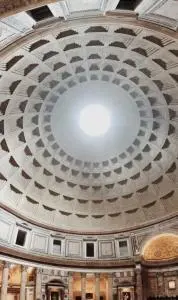
The Pantheon, great masterpiece of Roman architecture
Pantheon Contents The Pantheon Great masterpiece of Roman architecture. It is one of the ancient monuments best preserved in the world. We suggest a visit
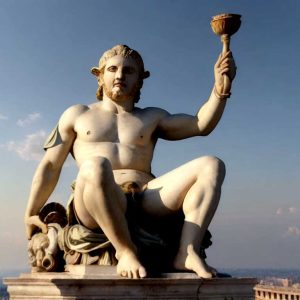
A Story of Rome
TRAVELS IN SPACETIME A Story of Rome It was a sweltering day in July, with the sun beating down on me like a burst of
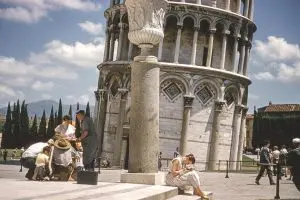
My Daily Excursions from Rome
“I am always looking for unforgettable experiences, and when I arrived in Rome, I was advised to participate in daily group or private excursions.”
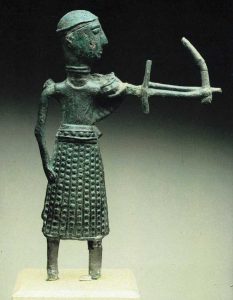
Museums to visit in Italy
The museums in Italy offer visitors a rich array of themes, types, and locations, making them a unique experience. Some of the world’s most historically and culturally significant museums welcome visitors to immerse themselves in the depths of Italian history and art.
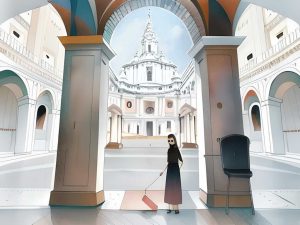
Discovering Rome’s “Hidden Treasures”
Discovering the “hidden treasures” of Rome Welcome to a fascinating journey through a less frequented Rome, different from the usual famous monuments but rich in
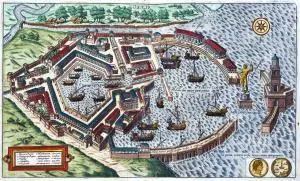
Portus Romae, the largest port of antiquity
Brief history of the greatest port in antiquity Portus Romae, the port of the Roman Empire Portus Romae was the main port of ancient Rome,

Roman coast: a journey through history, sea and unique atmospheres
Discovering the Roman Coastline: A Journey through History, Sea, and Unique Atmospheres by Sarah Strol illustration by franco rea Roman Coastline We arrived in Rome
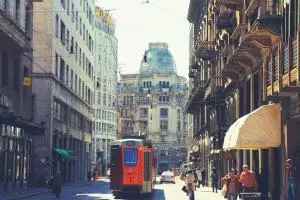
Guide of Milan for Newbies
Our Quick Guide to Milan for Beginners will accompany you in discovering the treasures of this fascinating and hectic metropolis, providing you with essential information on the main attractions.

Milan: A food and wine experience not to be missed
Milan is much more than a fashion capital; it is also a top culinary destination. With its traditional cuisine, cosmopolitan culinary scene, food markets, and innovation, the city offers a complete eno-gastronomic experience.
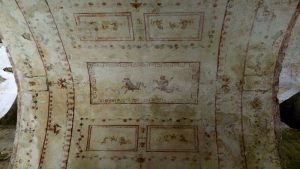
The Domus Aurea: a hidden masterpiece of Ancient Rome
Built by Emperor Nero in the 1st century AD, the Domus Aurea in Rome is an extraordinary monument that stands as a tangible symbol of the luxury and grandeur of ancient Roman civilization
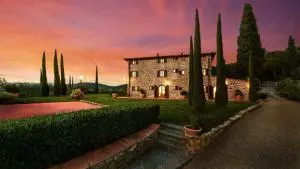
Wonders of Tuscany: a journey through Art, History and Food and Wine
Located in the heart of Italy, Tuscany is a true treasure to discover. Lush hills, luxurious vineyards, picturesque rural landscapes, historic villas, enchanting medieval cities and an atmosphere of refined timeless beauty have won the hearts of visitors from all over the world.
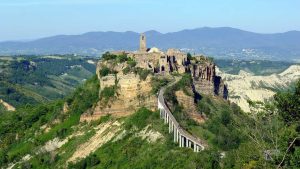
Civita di Bagnoregio, Caprarola, Bomarzo – DISCOVERING HIDDEN TREASURES OF ITALY
Italy is a country rich in hidden treasures and captivating destinations where history, art, and natural beauty come together in a unique and unforgettable experience. Among the lesser-known yet equally fascinating gems, Civita di Bagnoregio, Caprarola, and Bomarzo stand out. Let’s discover what makes these places so special.
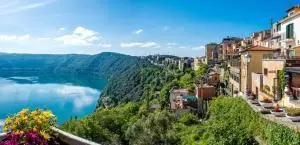
The Roman Castles, “invisible castles”
The Roman Castles, also known as the “invisible castles”, are historical places located near Rome, famous for their scenic beauty and gourmet food and wine tradition. Despite their rich history and natural attractions, these places often go unnoticed due to Rome’s extraordinary artistic wealth.
The very birth of Rome is linked to the events of Alba Longa, probably the current Castel Gandolfo, founded by Ascanio, son of Aeneas and Creusa in 1230 BC.
